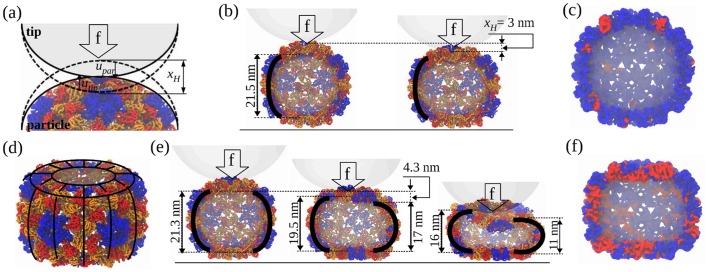Fig 1. Types of mechanical excitations exemplified using the CCMV shell.
(a)-(c) Hertzian deformation x H with normal displacements u tip and u par (scheme on (a)) under the influence of force (vertical arrow). Dashed contour lines show the tip and particle in their undeformed states. Structures in (b)—the native (left) and partially deformed (right) states show an amplitude of x H ≈ 3 nm. (c) CCMV shell profile showing parts of the structure with high potential energy (>3 kcal/mol per residue; red) and low potential energy (blue). (d)-(f) Bending deformation. The side portion of the structure (barrel) is partitioned into curved beams (top-side view on (d)). Structures in (e)—the partially deformed (left) and pre-collapse (middle and right) states reveal the amplitude of x b ≈ 4.3 nm. (f) CCMV shell profile under Hertzian and bending deformations showing the potential energy distribution.

